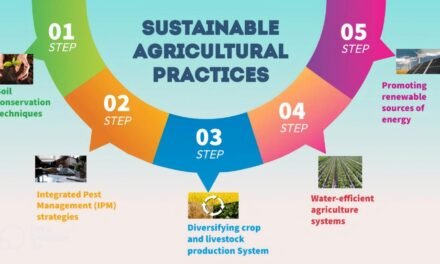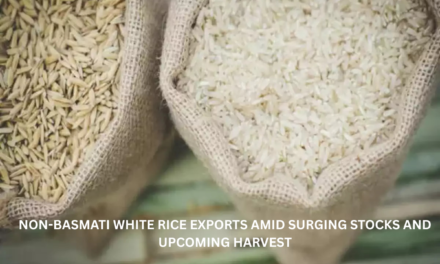India’s rice stocks have surged to a record high, strengthening its position as the world’s leading exporter and boosting prospects for meeting global demand. This increase in rice reserves is driven by favorable monsoons, improved yields, and expanded cultivation, particularly in major rice-producing states like West Bengal, Punjab, Uttar Pradesh, Telangana, and Andhra Pradesh. The surplus production comes at a time when global food markets are witnessing supply disruptions, positioning India as a reliable supplier to countries facing food shortages.
Government policies such as the Minimum Support Price (MSP) for paddy procurement, combined with robust storage facilities and incentives under the Pradhan Mantri Garib Kalyan Anna Yojana (PMGKAY) and Food Corporation of India (FCI) procurement mechanisms, have played a critical role in ensuring surplus stocks. Improved agricultural practices, including the adoption of high-yielding rice varieties and precision farming technologies, have further enhanced production efficiency and output.
The surge in rice stocks also opens up opportunities to increase exports, particularly to regions like Africa, the Middle East, Southeast Asia, and Europe, where demand for Indian rice varieties such as Basmati and non-Basmati rice remains high. Indian rice is valued globally for its affordability, quality, and variety, making it a staple food for millions worldwide. Furthermore, India’s strong logistical networks and competitive pricing give it a significant edge in international markets.
The record reserves come at a crucial time when several countries are grappling with food inflation, supply chain disruptions, and adverse weather patterns that have impacted their local production. Indian rice exports act as a stabilizing factor in the global food market, ensuring availability and affordability for importing nations.
To capitalize on this opportunity, the government is actively supporting exporters through trade-friendly policies, streamlining processes, and enhancing infrastructure such as ports, cold chains, and warehousing. Programs promoting the export of premium rice varieties, including organic and fortified rice, are also being strengthened to cater to niche international markets.
Domestically, the surplus rice stocks ensure food security and act as a buffer during emergencies or price fluctuations. Surplus production is also being leveraged for government welfare programs to provide subsidized food to vulnerable populations.
India’s record-high rice stocks not only enhance its export potential but also solidify its role as a key player in global food security. By maintaining a balance between domestic needs and international opportunities, India is poised to sustain its leadership in the global rice trade while supporting economic growth, rural livelihoods, and global food stability.









